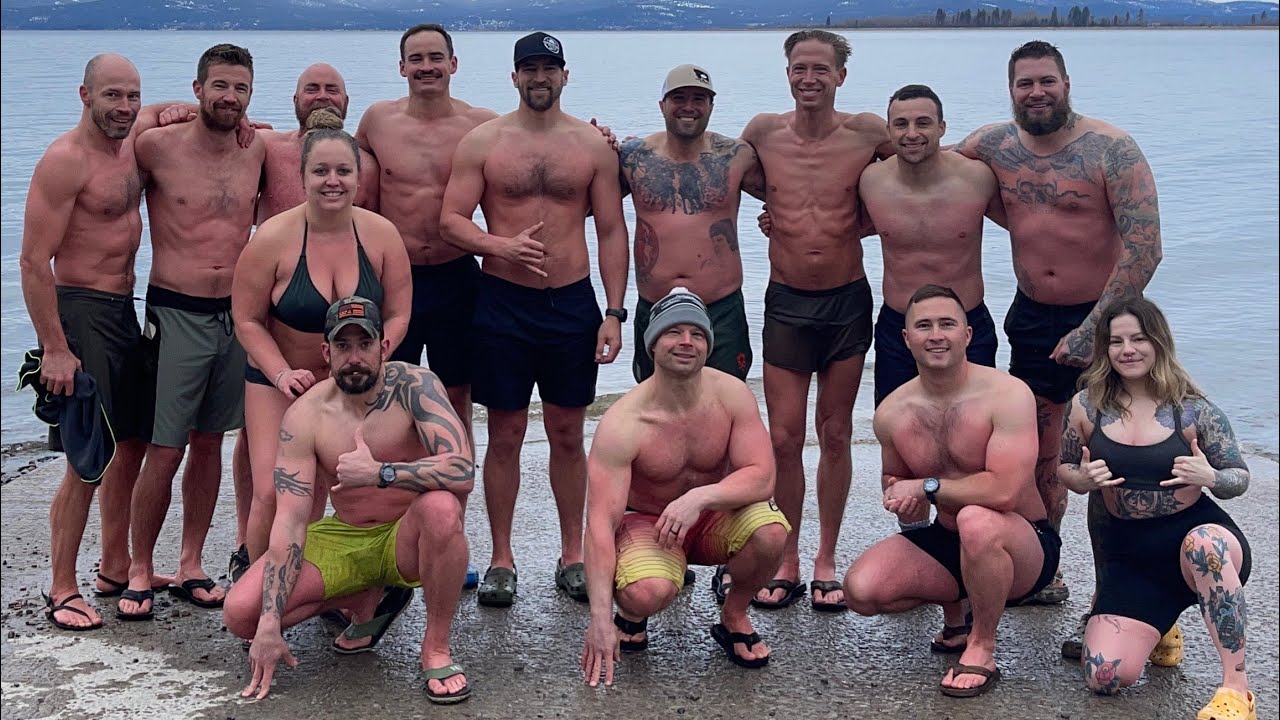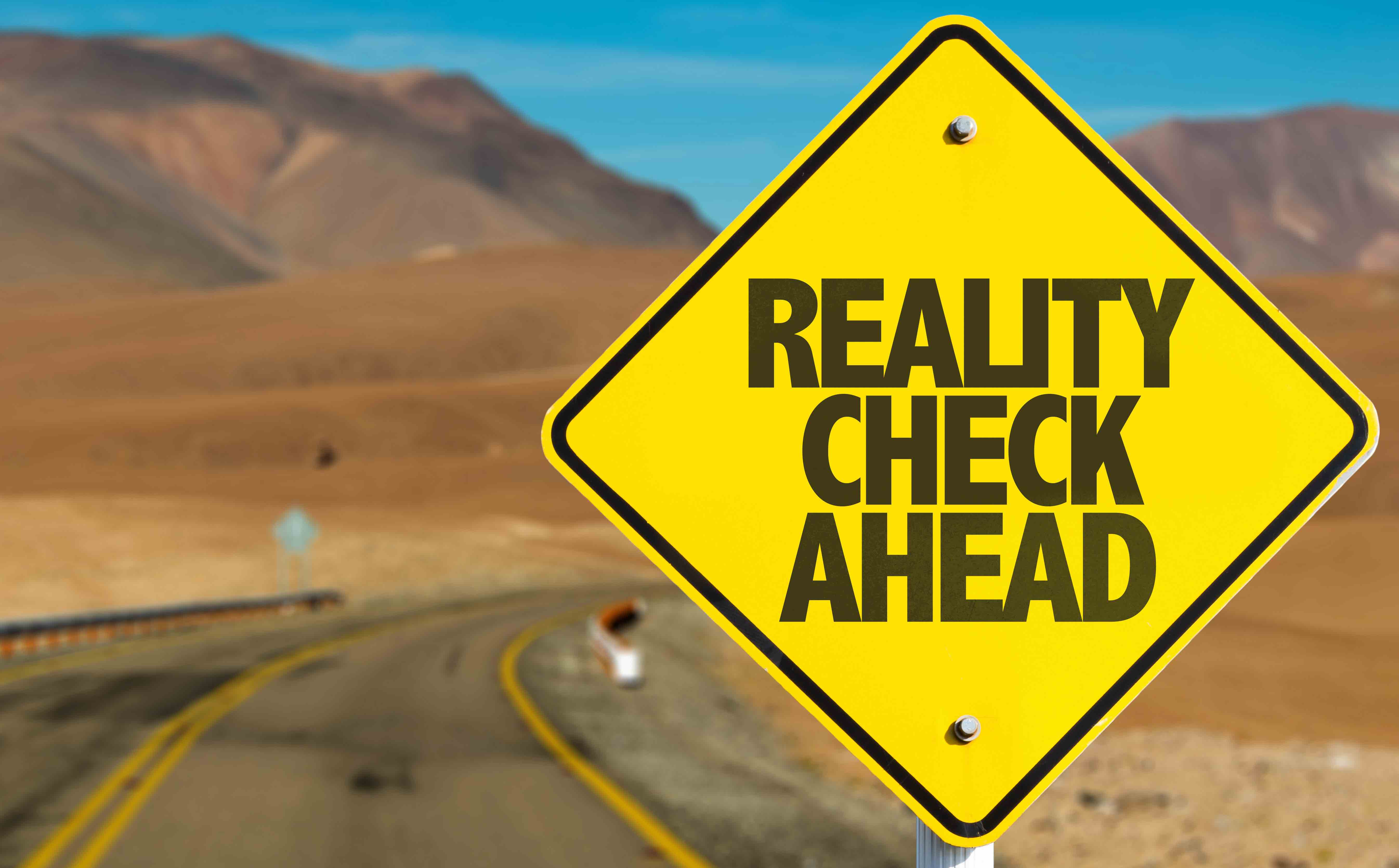There are currently thousands of Veterans looking to get a solid career for themselves after serving in the military. I'm an Army Veteran myself, and choosing the fire service was a no-brainer. Though I don't know what it's like to be a fireman just yet, I have completed Fire Academy. For Veterans or really anyone looking to get an idea of what to expect, I've put down the top 5 things to keep in mind for those who'd like to know what the Fire Academy is like.
NOTE - Individual results may vary. I attended a Fire Academy near Ft. Worth, Texas. It's one of thousands of training centers. In general, most of this stuff is universal.
1 – There are Tests… Study.

Fire Academy is similar to basic training. You are going to do a lot of physical work and practical skills. BUT you are also going to have to know some stuff about fire science, hydraulics, and Haz Mat (Hazardous Materials). It isn’t that bad but to steal a good south park quote, “If you don’t study outside of class, you’re gonna have a bad time,”
2 – Remember the MOPP suits? That, but worse.
[caption id="attachment_9331" align="aligncenter" width="610"]

Soldiers train in classic MOPP gear just before Desert Storm in 1991. (Photo: U.S. Army)[/caption]In the movies, you see Kurt Russell run into the burning building with nothing more than an axe, a helmet, and a jacket. NOPE. When you get on the job there may be a few situations where you don’t have to wear your full PPE, but at the Academy you’re going to be covered from head to toe in PPE that weighs a lot more than MOPP. Not only that, but it definitely inhibits your movement. But as our next point proves, it’s very important that you learn to wear it as much as possible.

3 – Cancer is a Firefighters Biggest Enemy
[caption id="attachment_9332" align="aligncenter" width="620"]

A firefighter works to douse the flames on the outskirts of Fort McMurray. (Chris Schwarz/Government of Alberta)[/caption]Don’t let this freak you out! Just read this whole part if you don’t read anything else. The new buzz word in the Fire Service is cancer. Something most people don’t realize is that all of the new materials, plastics and “fire retardant” things in American homes today actually burn hotter and give off more carcinogens than anything built in the 1950’s or earlier. This leads to firefighters breathing in, and coming in contact with, extremely nasty stuff. The latest evidence points to this being the cause for the latest surge of cancer outbreaks in the fire service. Check this info out from cancerconnect.com “Firefighters are twice as likely to develop testicular cancer, roughly 50% more likely to develop multiple myeloma or non-Hodgkin’s lymphoma, and 28% more likely to develop prostate cancer.” So thanks a pant load to all the manufacturers out there saving money by using cheaper plastics to build stuff. Listen, I know this sounds terrible, but all this means is you have to wear all your gear all the time while on the fire ground and make sure you clean it afterward, but they’ll teach you all of that in the Fire Academy. Don’t let it scare you, just be safe!
4 – Get Used to Being Blind

So you’re going to search buildings a lot. Good news is that most of the time there’s not going to be fire or smoke of any kind. Bad news is that they are going to put wax paper or something else in your mask that prevents you from seeing anything. And let me tell you, while you’re on air (hooked up to your SCBA tank), wearing all your fire gear, and wearing nomex gloves that are WAY thicker than the ones you wore on deployment, good luck trying to find anything. Towards the end of the Academy, you’ll be thankful that you did all that training because, in real fire situations, it is NOT like the movies, you can’t see 5 inches past your own face in the smoke. Stay with your team and have an anchor such as staying on the wall, having a search rope, or following hose lines.
5 – Have Fun!
Clean apparatus are happy apparatus! ITTFS Class 39 after making the firehouse their own for the week. pic.twitter.com/kkoZ6HvZG8
— CT Fire Academy (@CTCFPC) July 29, 2015
The fire service is fun. Training is awesome. You’re going to spray hundreds of gallons of water on some fire. You’re going to climb stairs with a ton of hose. You’re going to climb ladders, cut holes with axes, and hopefully cut some cars in half with some hydraulic tools. Have a good time! The trusty three rules are still the same as they were in the military but with one addition…
- Look cool.
- Never get lost.
- If you get lost, Look Cool (but turn on your PASS device)



%201.svg)









